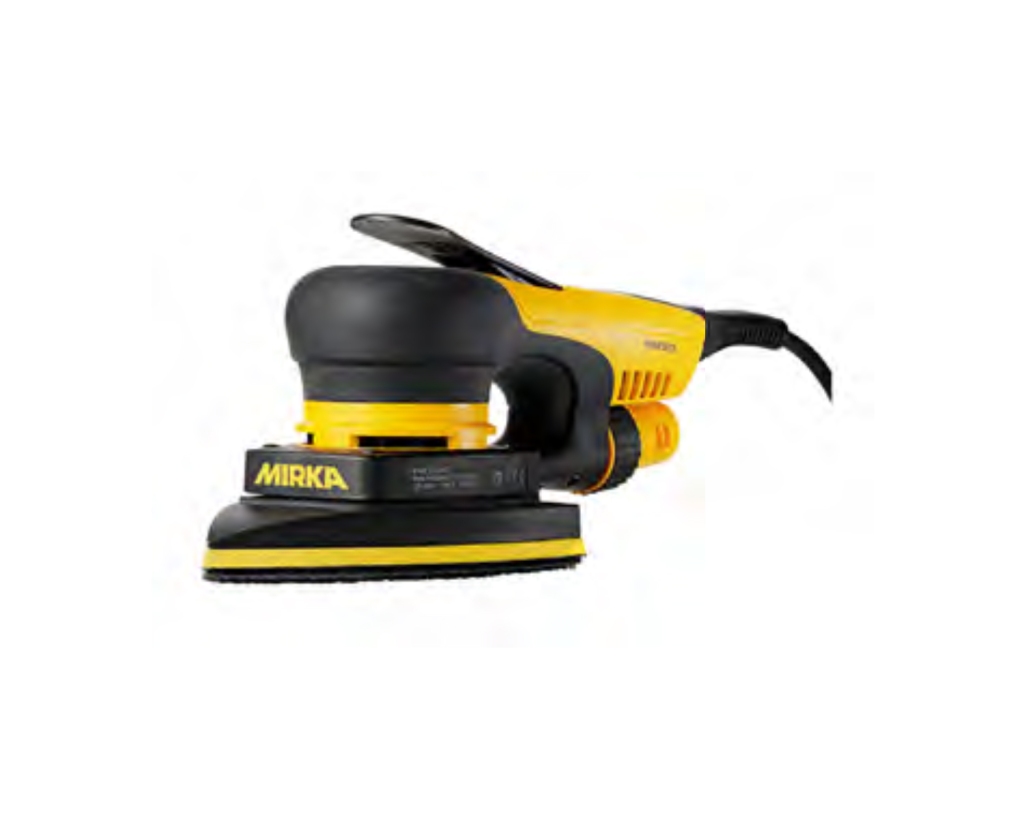Process to make drywall sanding easy and effective
Sanding drywall is a time-consuming and dusty task. But if it is done properly it provides a great appearance that will make all the effort worthwhile. Alpha Marketing is one of the best Wall Sander dealers in Noida that provides the best sanding machine at a reasonable price.

For doing the drywall sanding following tools and materials are required :
- Putty knife
- Sanding pole
- Trouble light
- Sanding sponge
- Sanding block
Materials Required :
- Joint compound
- 150-grit sandpaper
Mentioning below the process and steps for doing the sanding process :
Step 1: It is advisable to use a special sanding tool :
- Having the proper equipment is very essential for a proper drywall sanding job. A requirement of hand sander, a package of 150-grit drywall sanding paper is must that perfectly fits the sander for the drywall sanding process.
- A sanding sponge is a must for corners and detailed sanding.
- To remove the dust properly we also need a double-strap dust mask to keep the dust out of the eyes. It is also advisable to keep a hat or scarf that will protect the hair from dust.
- For large sanding jobs, pole sanders are good. But if we have more than one room to sand, it will be best to pick up a drywall pole sander. The sander can flip over and gouge the surface causing extra repair work. To keep the sanding head angled slightly the most important tip is to never let it get at a right angle to the pole.
- For sanding the drywall surface preparation like a primer coat before painting a drywall pole sander works very well. It is considered an ideal step that needs minimal control and pressure. Surface preparation equipment dealers in Noida offer a good quality of equipment for the sanding process at an affordable price.
Step 2: It is important to choose fine sandpaper for the best results
- To speed up the sanding job, it is advisable to buy the 80-grit paper but because the modern lightweight joint compound is so soft, heavy-grit paper is not required to sand it.
- For the best results, we suggest using 120-grit or 150-grit paper.
Step 3: It is advisable to fill gouges, instead of sanding them
- It is advisable to sand out gouges and big ridges. To trowel on another coat of joint compound is easier. At the edge of joints, it is very important because on the drywall too much sanding will damage the paper face.
- To fill a depression it’s quick and easy to trowel a thin coat over the edge of the seam. It is not required to cover the entire joint again.
Step 4: It is suggested to spot problem areas with a handheld light
- Firstly it is advisable to give the hand sander a once-over being sure to hit every surface with a joint compound. In areas that need filling or detail sanding it is advisable to keep a pencil handy to mark problems.
- It is important to use a hand sander and sponge sander to touch up trouble spots. It is advisable to make a note of depressions or other spots that need filling. Wall Sander dealers in Delhi offer a wide range of these sanders at a very reasonable cost.
- The job can be finished by filling the marked areas with joint compounds and sanding these spots when they are dry.
Step 5: The walls can be primed and then sand it again
- Sanding after priming is an important step that most beginners do not do. But before the process of painting the sanding process removes paper fuzz and lumps that will show through the paint job.
- This is the time to take care of other inspections as well by filling them with joint compounds.
- To sand these touched-up areas should not be forgotten as they’ll also show up when we paint the walls.
Step 6: For corners use a sanding sponge
- With a hand sander sanding inside corners is trouble. It’s difficult to get a crisp corner in the first place.
- To scratch or gouge the other side of the corner with the sander’s edge is even more problematic. To sand within a few inches of the corner is fine with the help of a hand sander. After that it is allowed to go back and do the touch up with the help of a sanding sponge or folded piece of drywall sanding paper.
Step 7: It is advisable to do the sanding with a light touch
- As we know that using a hand sander is a straightforward process but after talking to the drywall professionals we got to know that they offer some helpful tips.
- They advise using moderate to light pressure and avoiding sanding over the same spot in a straight line.
- When we paint this can leave a groove or depression that will show up or it is recommended to move the sander around on the joint as we sand. Sanding over electrical boxes or other openings is not allowed.
- The sandpaper can be cut by the box’s edges, or a sheet of drywall-facing paper can roll up and peel off under the sander. It is advisable to keep a few inches away from electrical box openings and use a sanding sponge to touch up around them later.
The procedures outlined above are quite successful in making drywall sanding a simple task. Aside from wall sanding, Alpha marketing is regarded as one of the finest wood sander dealers in Delhi, offering the best sanding equipment for the wood sanding procedure.



Comments
Post a Comment